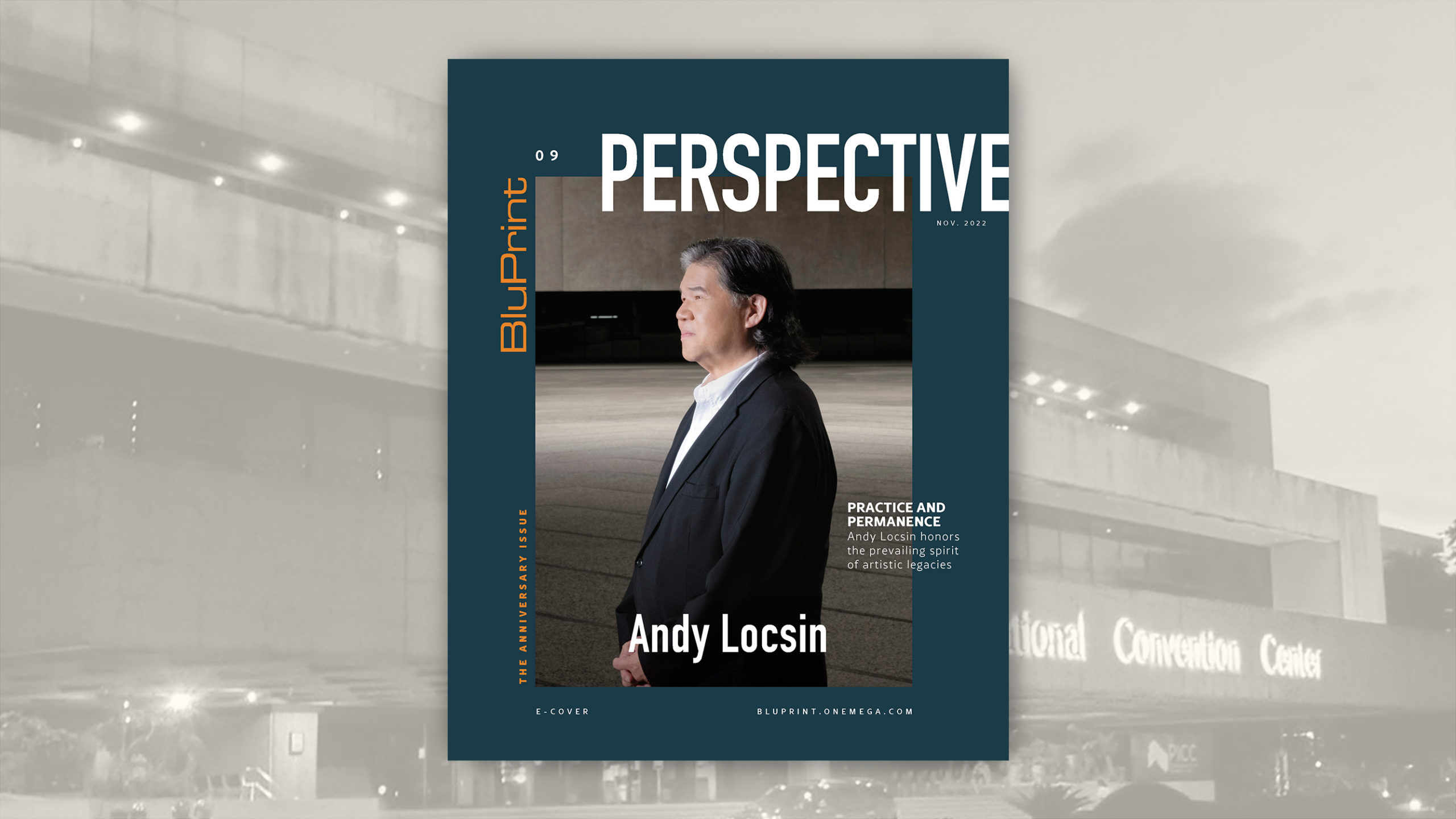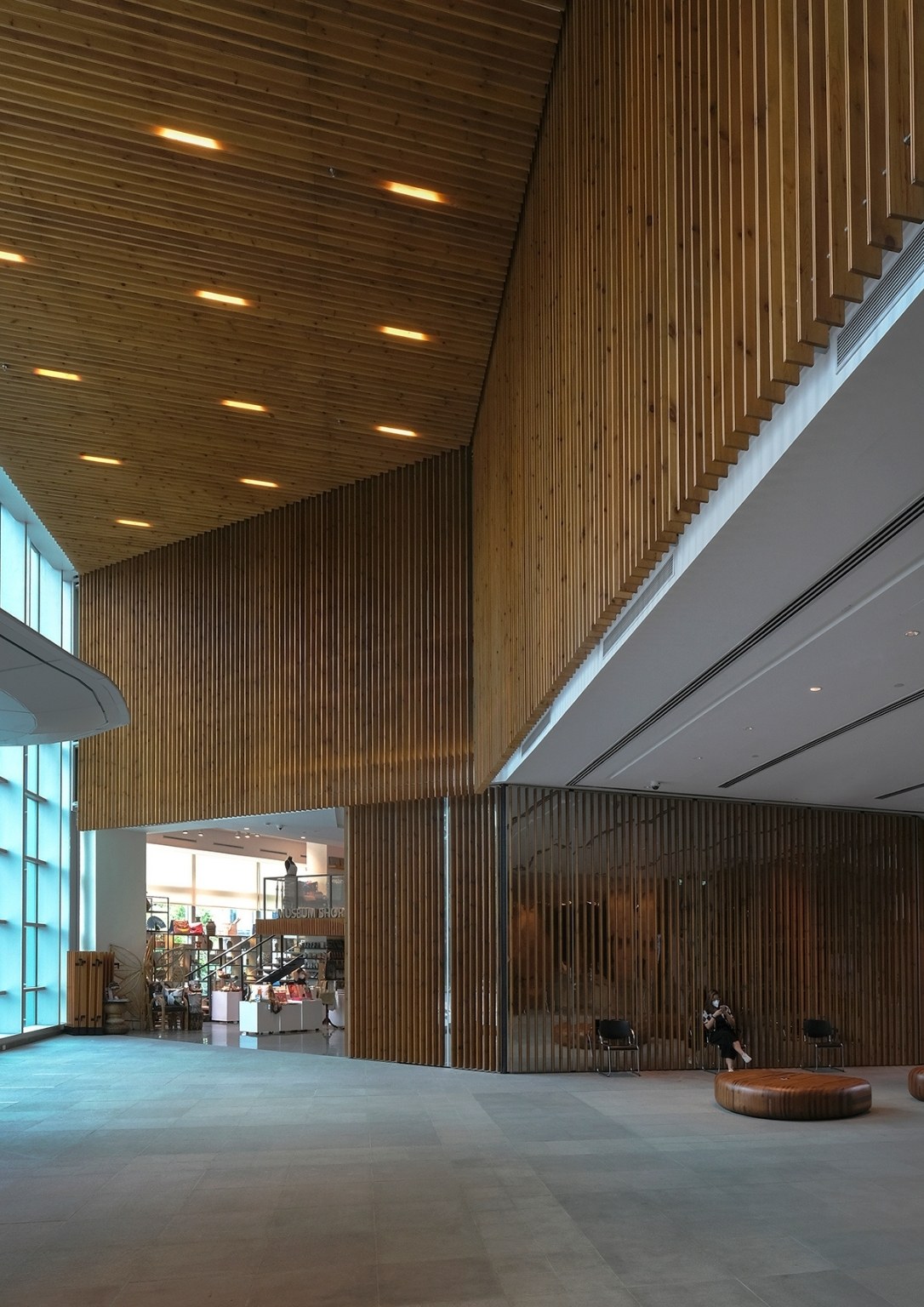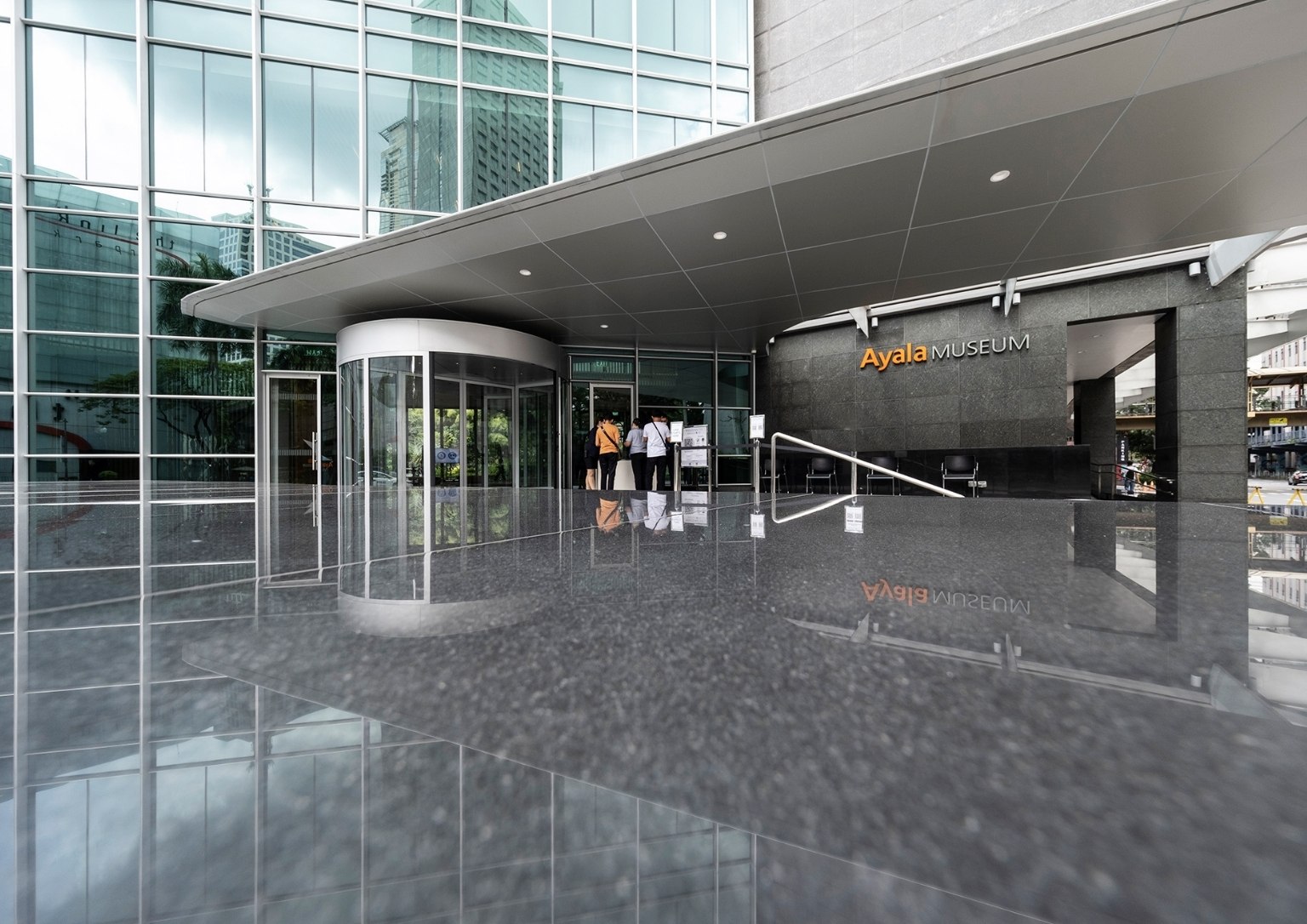In honor of BluPrint’s 23rd Anniversary, we highlight one of architecture’s dignified luminaries and the monumental heritage of one of the most iconic structures in the country, Along with four other historic artworks (National Artist for Visual Arts Arturo Luz’s Anito and Grid, National Artist for Visual Arts Jose Joya’s Pagdiriwang, and National Artist for Sculpture Napoleon Abueva’s carved wooden benches), the Philippine International Convention Center (PICC), designed by National Artist for Architecture Leandro V. Locsin, was recently declared a national cultural treasure by the National Museum of the Philippines. One of many brutalist structures built during the time, the PICC proudly carries the prestige of being Asia’s first convention center, hosting the 1976 IMF-World Bank Meeting. It is a premier venue that hosts hundreds of MICE activities yearly, a perfect setting to conduct an interview with its architect’s son, Leandro V. Locsin Partners’ (LVLP) Andy Locsin.

“The structure holds together,” Andy Locsin remarks as I usher him along the concrete bridge that connects the Delegation Building to the Plenary Hall. At the stairs by Arturo Luz’s metal sculpture Grid, he notices a particular detail along the integrated rails. Our group stops to listen with rapt attention. No detail escapes his eye. He is insightful and well-spoken. Within industry circles, he is known for his impeccable taste for design and detail and his profound philosophy in architecture. But while his instinct, competence, and surname can be intimidating for some, he also shares his father Lindy’s modesty and reserved nature, with very little to say about himself and more about his thoughts on the practice and where it’s headed.
“It’s important to make the distinction between good design and cultural significance,” Andy says when I ask him about architectural brilliance and its links to establishing a nation’s cultural identity. His father’s legacy of brutalist buildings, inspired by the post-war Modernist movement reflected not only an era of artistic prosperity in the field of architecture but also its adjunct correlation to other creative disciplines, which played a role in the development of our country’s cultural identity.
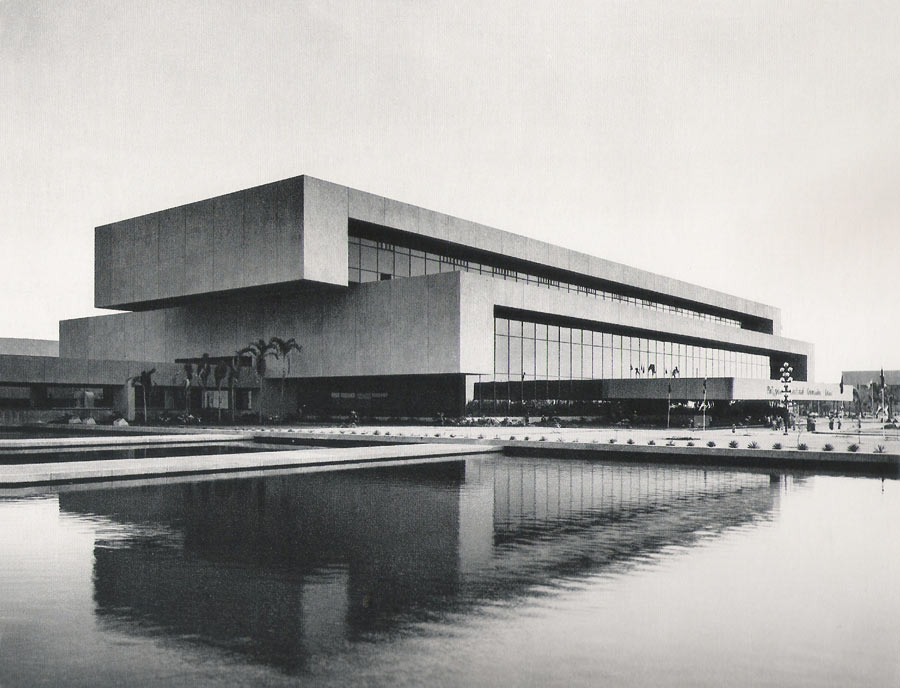
“Either can be mutually exclusive from the other. In general, good design speaks to objects, spaces, buildings, graphics, performances, literary work, computer code, etcetera that have some aspect of utility and aesthetics attached to them that have an almost universal appeal regardless of the culture in which they arise. These are important in their own right. Something of cultural significance, on the other hand, may not be agnostic to the context in which it was produced. There are myriad examples of creative work that have meaning only to the specific culture and society that spawned it, and therein lie their importance. The key principle is having meaning in a particular context.”
Andy Locsin

“That said, the best and most important works of architecture often marry aspects of the two qualities in such a manner that the work retains some recognized universal utility and aesthetic appeal, as well as continuing to have relevance and cultural meaning as a repository of valued memory that may go beyond the particular context in which it was created.” Architecture, after all, is all about people, Andy stresses. In the arc of time and space, what is essential is how these fascinating structures can transcend their form and function and carry their relevance to the next generation.
From Modernism to Modernity
The renewed interest of online communities and design enthusiasts on brutalism has attracted the study of Leandro Locsin’s portfolio. Just a year ago, Swiss architect and scholar Jean-Claude Girard published the National Artist’s second monograph in Basel, extensively studying his oeuvre and publishing archival images and in-depth interviews, which Andy supported generously. Andy kindly offers a quick run-through of his father’s Modernist roots, recounting the expression’s origins and how the movement discovered the versatility of concrete and executed the simplicity of its designs, making its indelible mark in history.
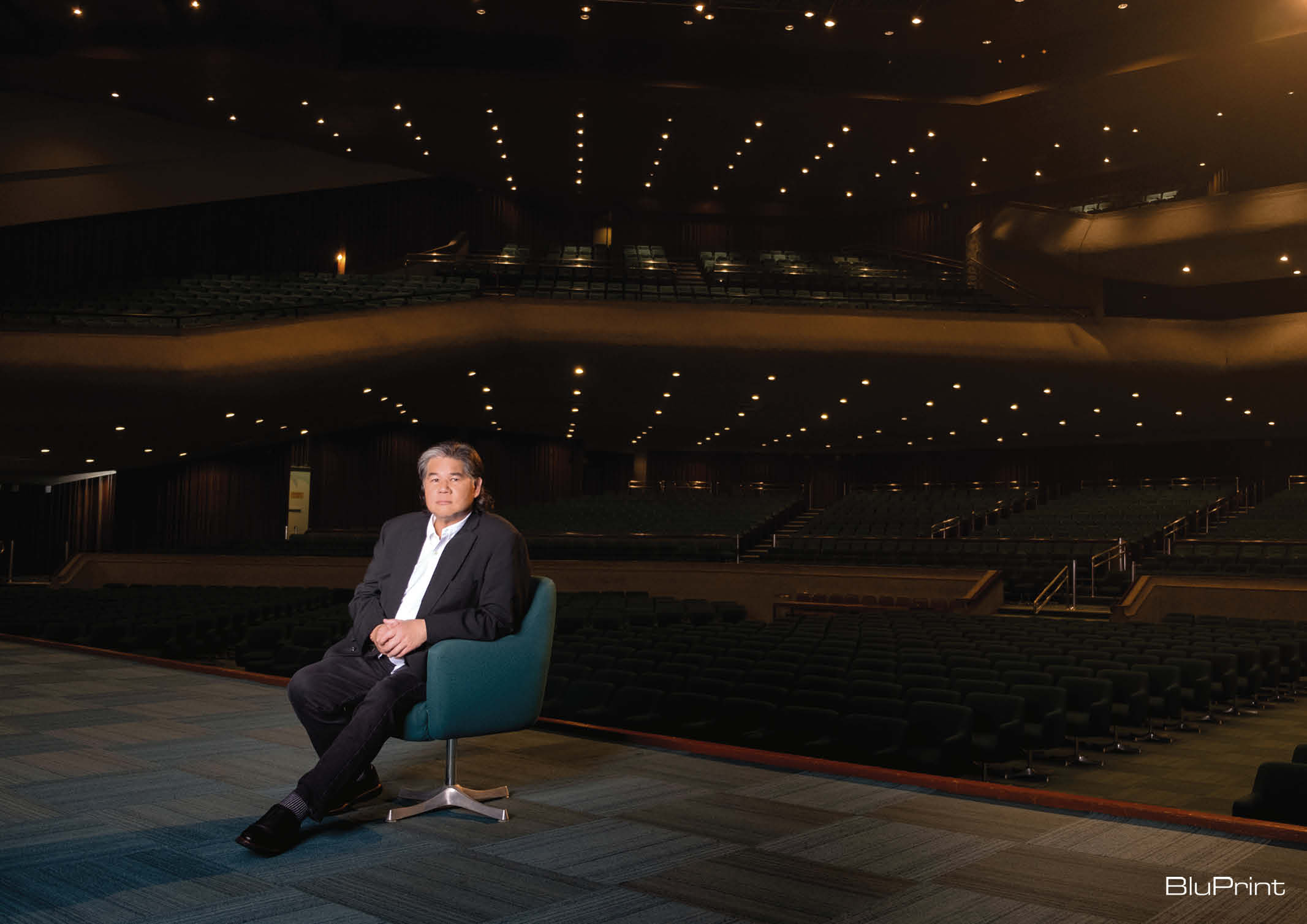

Remnants of these traditions have since seeped into the blueprints of LVLP’s portfolio. But in no way has this reverence halted artistic innovation and the exploration of emerging materials. Andy explains, “Through the years we have worked on several projects that featured and incorporated elements of the brutalist language – this affinity for the material and aesthetic has never withered – but the expansion of the available building palette, technology, and client aspirations have had an undeniable influence on the way we design and choices we make. This is our time and place. The language of reinforced concrete and béton-brut now represents an ‘option’ given the parameters of a specific project rather than a philosophical and practical ‘essential’, as it were, in the Philippines of the 50’s through the 80’s.”
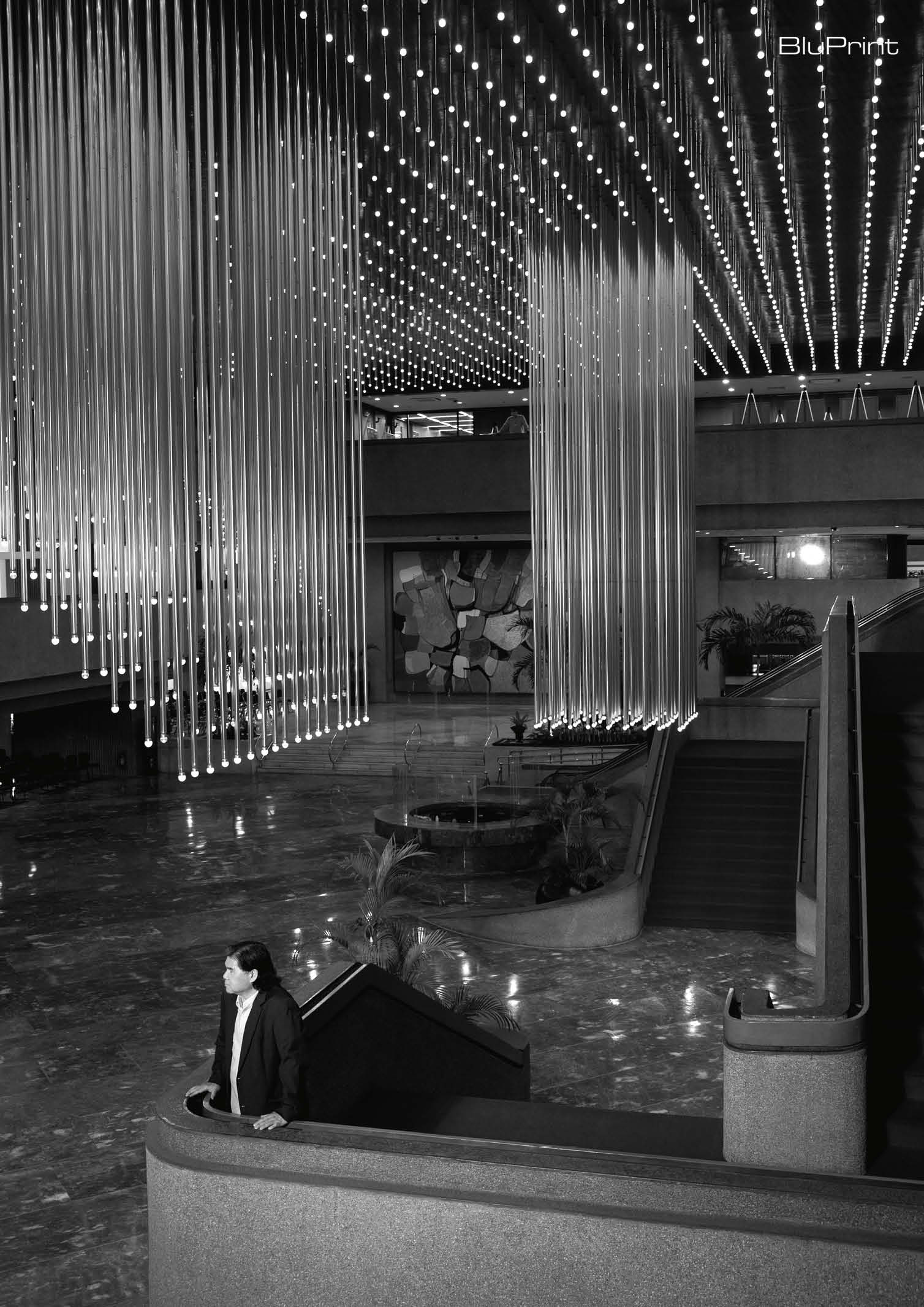
Recognition of his father’s works in local and international shores was marked by various distinctions throughout his career, including his designation as a National Artist in 1990 by then President, Corazon Aquino. Professional peers and the Filipino public hold his body of work in high regard even until today. But while several of his works continue to be preserved and renovated by its proprietors, with the PICC one of the most well taken care of, other buildings have not been as fortunate – such as The Benguet Center and the BDO Corporate Center. Just a few months ago, the National Commission for Culture and the Arts (NCCA) issued a cease-and-desist order against the demolition of another set of Locsin buildings, the BDO Corporate Towers in Makati City.
Many observers would argue that historic artifacts, including buildings of significant cultural importance, deserve a voice if they are to survive another century. Within the architectural community, there has been a reasonable level of consciousness, Andy says. But the general public may have a different position, if we are to consider commercial value and earning potential over memory, form, and heritage. Does Andy grapple with the idea of having to pursue an active role in preserving his father’s legacy?
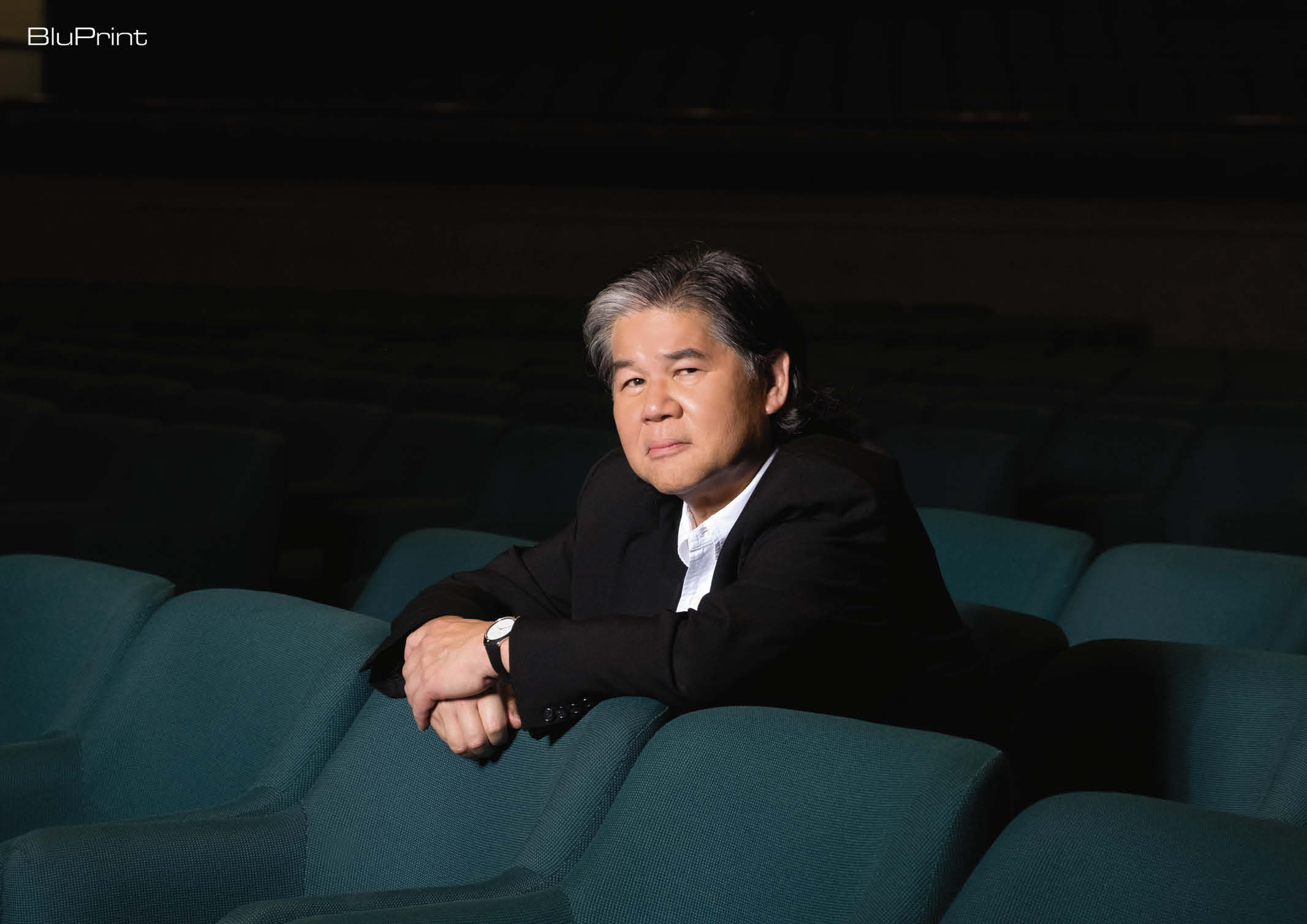
For LVLP, Andy ultimately verbalizes a humble stance regarding the issue, mirroring the family’s inherent modesty and upholding ethical standards his father bestowed on him. He explains, “This has been the subject of long, thoughtful discussions within the firm. LVLP takes the position that as the successor firm to my father’s – and one in which his surviving Partners and son are involved – the only tenable position is for the firm to remain officially neutral for or against the determination of cultural value and de-listing under the Heritage Preservation Law for self-evident reasons. The mandate by Congress to ultimately determine cultural value lies ultimately with the NCCA. As professionals, we must leave that determination to them and the Filipino people – we live with the verdicts, free of arbitrary lobbying or self-interest.”
“Our responsibility for any of the surviving works is to provide summary information as we may have in our archives, memories, and external published works regarding design intent, technical issues, background, history, circumstance, and place of the work in the firm’s design lineage when inquiries come from the advocates, opposition, or the Commission. We will obviously have our own personal opinions on any case that comes up – any individual in the firm is free to express this as their own private view as a citizen – but in general we hold these close to the chest and will never represent this as the firm’s official view on the matter.”
He asserts, “Along similar ethical lines, LVLP will never lobby to take part in whatever structure replaces his work unless we are specifically asked to do so. In recent years however, we have been fortunate and grateful to be on the receiving end of such for three major projects, from a longstanding repeat client of over 60 years with a shared history. That said, there have been many other fine examples of his work that have been summarily torn down without notice, inquiry, or proper process.”
Between Heritage and Succession
His father’s success, with that of the firm’s founding partners, have laid ground to decades’ worth of remarkable projects and premier clients, solidifying the continuity of the business even after Locsin’s passing in 1994. Andy, for his part, has carved a path of his own, taking a different role from his father’s. “In many ways, I think my father saved me from the insecurity of ‘being compared’ by warning me about it,” he shares. “As it turns out, while there seem to be genuine parallels, our careers developed in radically different ways. I am so grateful that he was a far more successful architect than I could ever have been in the industry by force of circumstance – he laid down a terrific and lasting foundation for the firm’s practice. I remain merely (and squarely) a design consultant to the firm, but have been able to do many other fulfilling things that, perhaps mercifully too, he never had to deal with.”
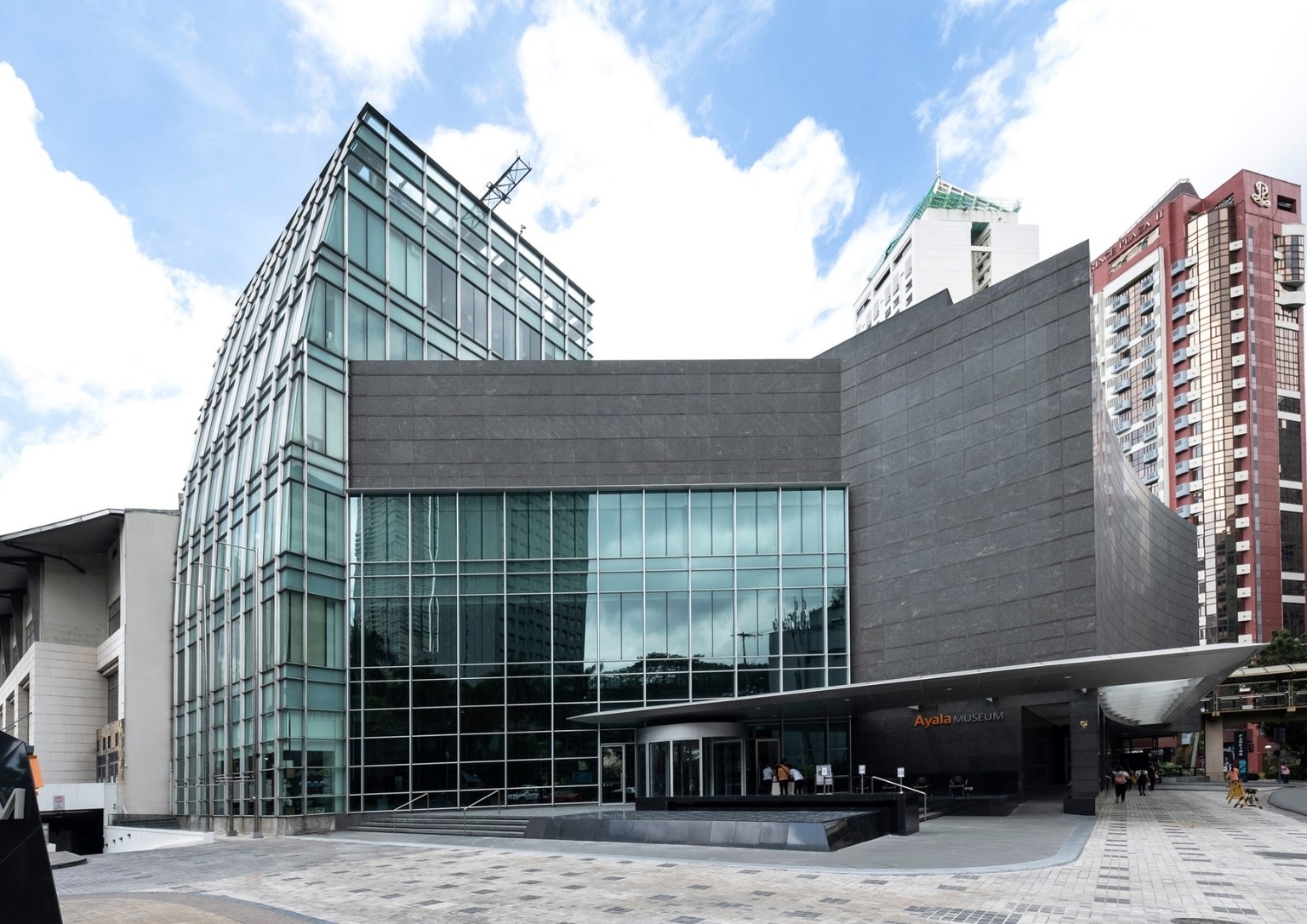
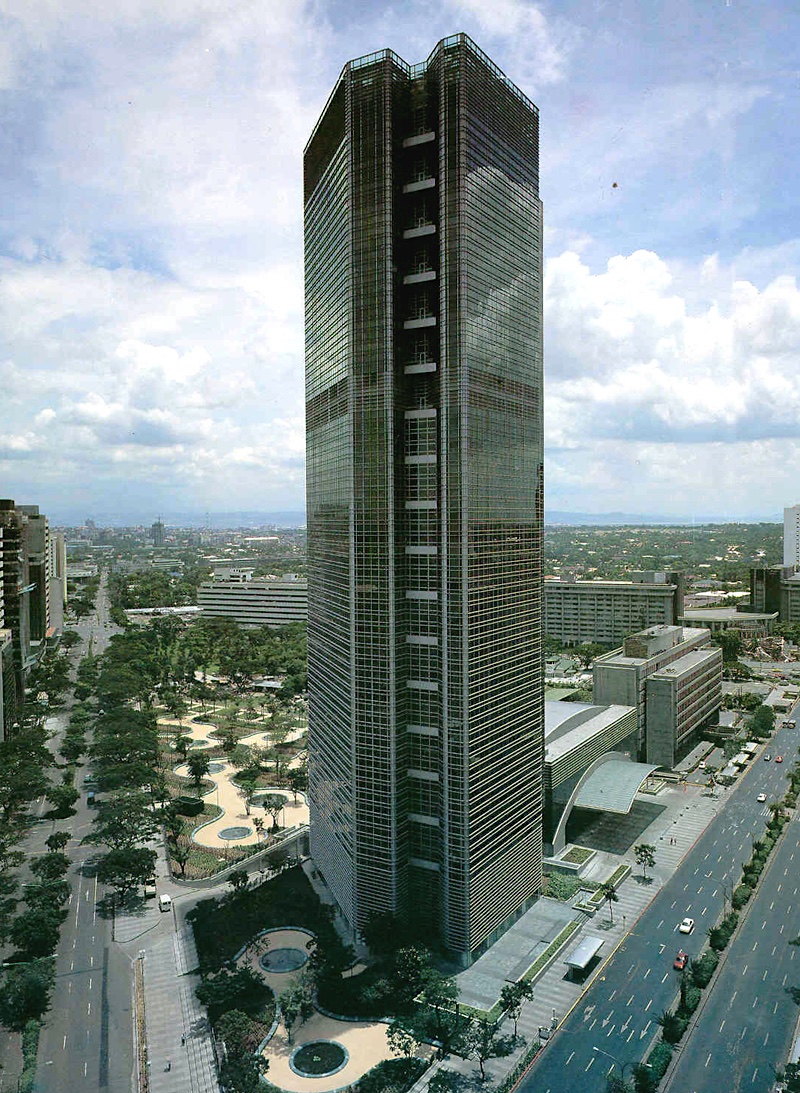

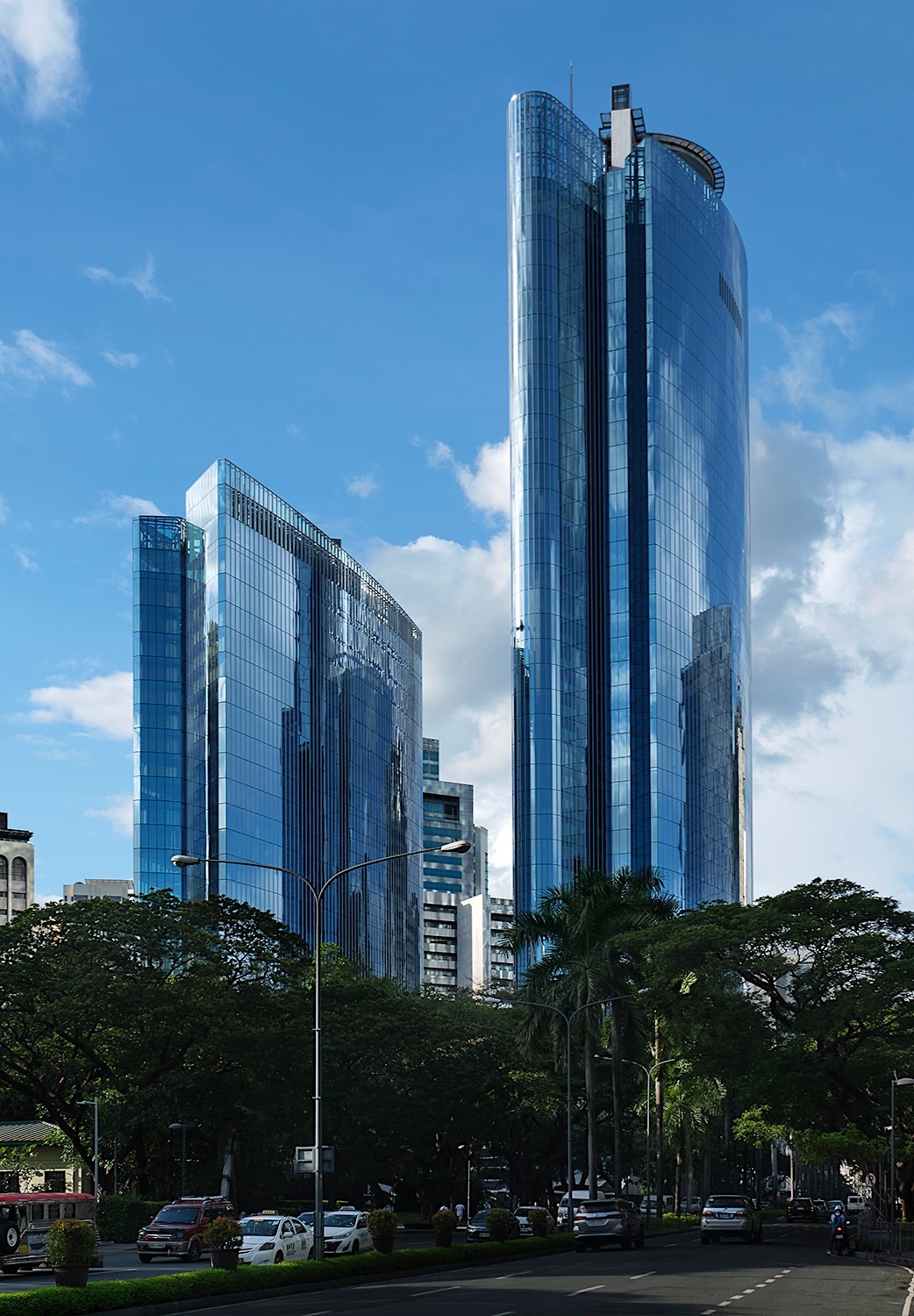

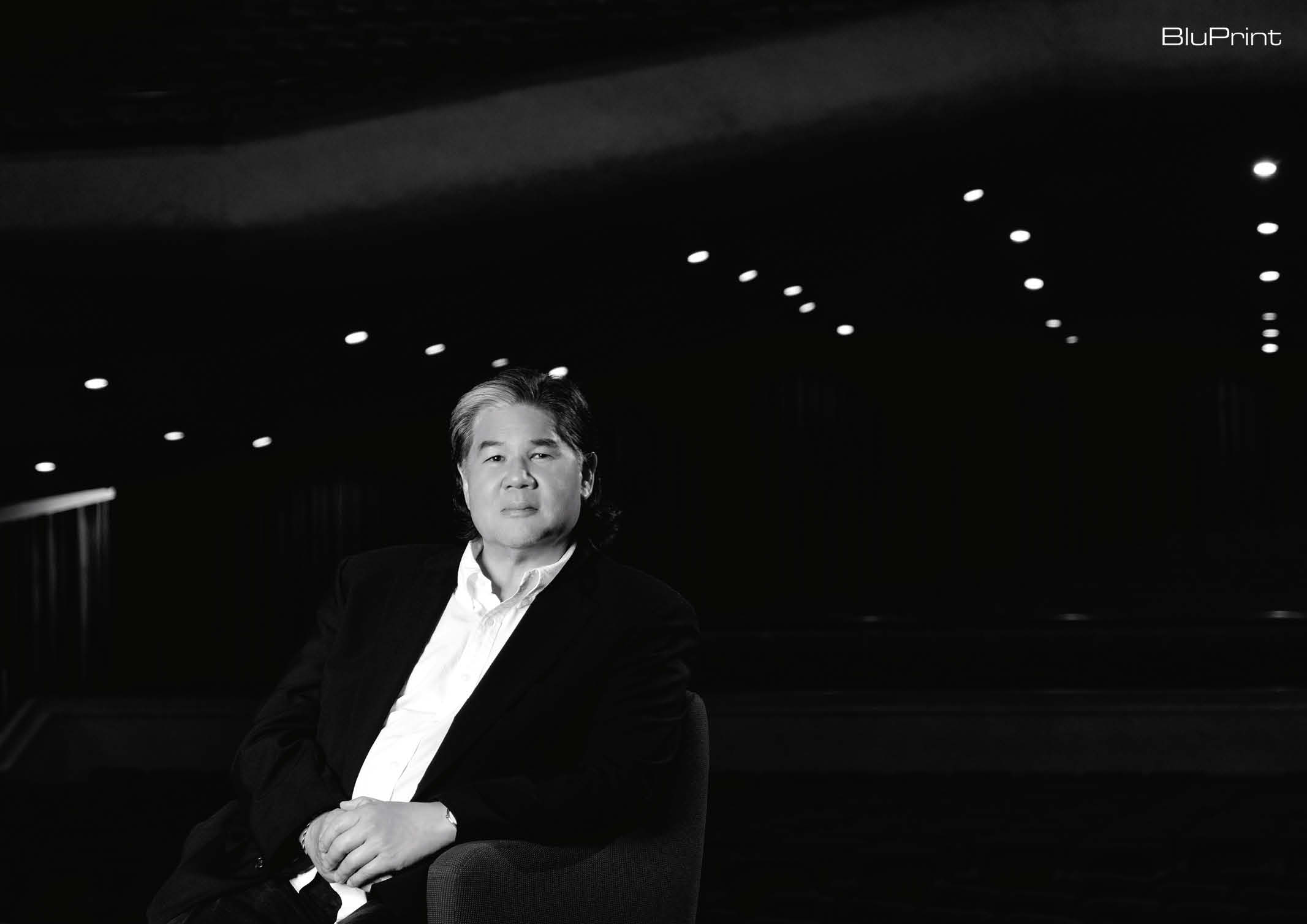
Andy’s body of work embodies his father’s rich artistic traditions enriched by his and LVLP’s updated blend of design aesthetic and innovation. Among structures that demonstrate key elements of brutalism is Tower One, one of the tallest skyscrapers in the Philippines and among the last properties the father-and-son duo worked on. LVLP continues to exhibit these modernist features on other projects as well, as in the case of Ayala Museum, which they designed in the early aughts and have completed renovations in 2021. Other buildings such as the Nuvali Visitor’s Center, Tower Two, and the New Mandarin Oriental Hotel evidently subscribe to the same idea, of integrating the buildings from the ground plane in rendered concrete or natural stone to the progression into a language of steel and glass sought by clients in their flagship projects. The sensibility is alive and well, Andy affirms, and Lindy’s influences remain intact.
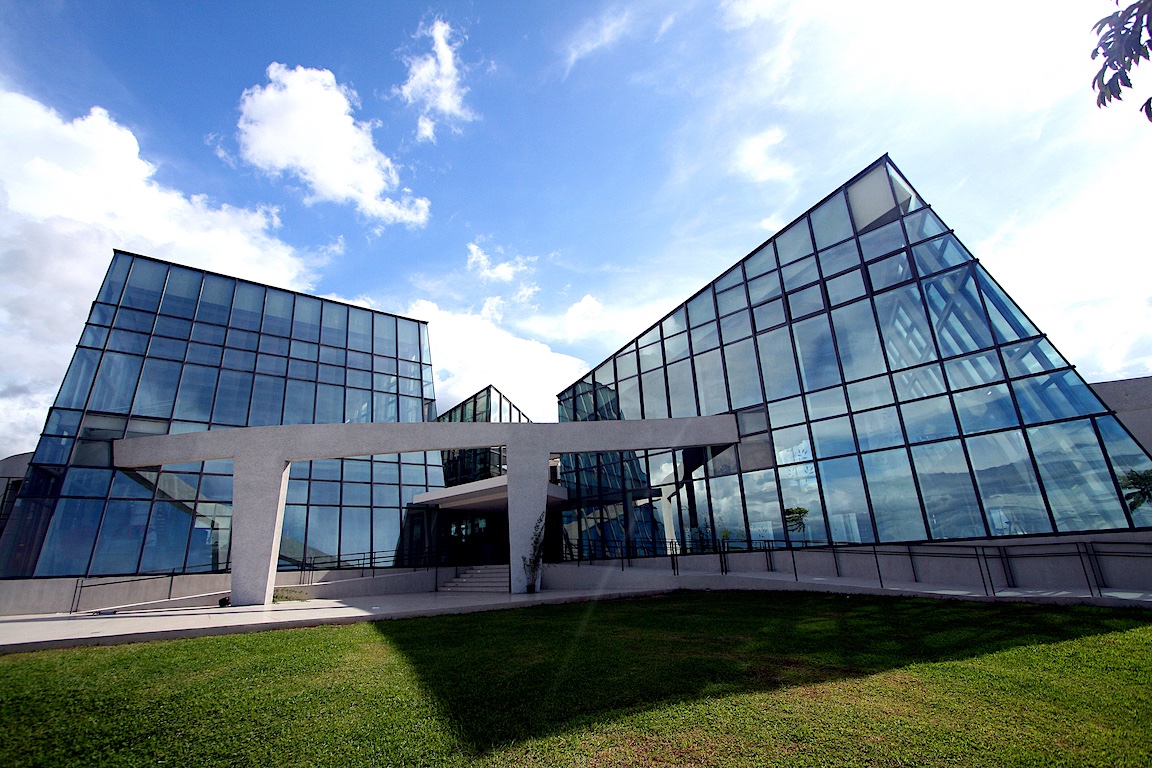
New collaborative and multi-disciplinary approaches have since converged with their existing design principles. Andy, who has observed the trend, expresses how this has thankfully progressed throughout the years. “In many admirable firms overseas, the incorporation of other creative, environmental, tech, and quantitative professionals into architecture firms has a reasonably long and solid history. A few Philippine firms have begun doing this, but it still comes down to the volume of work and fee structures to be able to justify doing so. What I am truly encouraged by, however, is a spirit of collaboration that seems to have taken off between many architects and design professionals.” He enumerates occupational values that have paved the way for the industry’s victories, “Generosity, articulation, gumption, openness, and (some) humility. I hope it continues, and I am encouraged.”

In LVLP, this culture he speaks of is alive and well. One example is the production of a 315-slide presentation Andy developed with one of their promising young architects back in 2017, formulated by a deep study of their accumulated experiences. “It was essentially a wet-lather-rinse-repeat diagram that concerned deeply digesting a project program, distilling a ‘Big Idea’, refining and reinforcing it, bringing to bear collective knowledge, restraint, abstraction, and trusting the public to bring their experience to the design.” This concept of the ‘Big Idea’ has since been internalized by their employees and presented to various audiences, encouraging a sense of community within the realms of design, architecture, and its study.

Nurturing young blood is vital in upholding standards of excellence within the industry. Andy hopes that the next generation of design practitioners, with the robust development of homegrown values within healthy working environments, will find a comfortable place in the growing industry. “Personally, I look forward to the energy of youth and their idealism…. And after so many difficult years and our generation’s own shortcomings, our younger professionals’ ability to know better, demand more from their leaders, move the bar, and get it done right.”
Before I end the interview, I ask Andy about his first encounter with the PICC. It was back in the 70’s, he says, when Lindy brought him and his brother to the complex right after its completion. He fervently recalls being in awe of its massive space, as if standing face to face with an otherworldly creature. Until now, even after working on its renovations twice (in 1998 and 2004), Andy says that feeling of awe is still present within him, him being continually amused by how the structure has held up throughout the years.
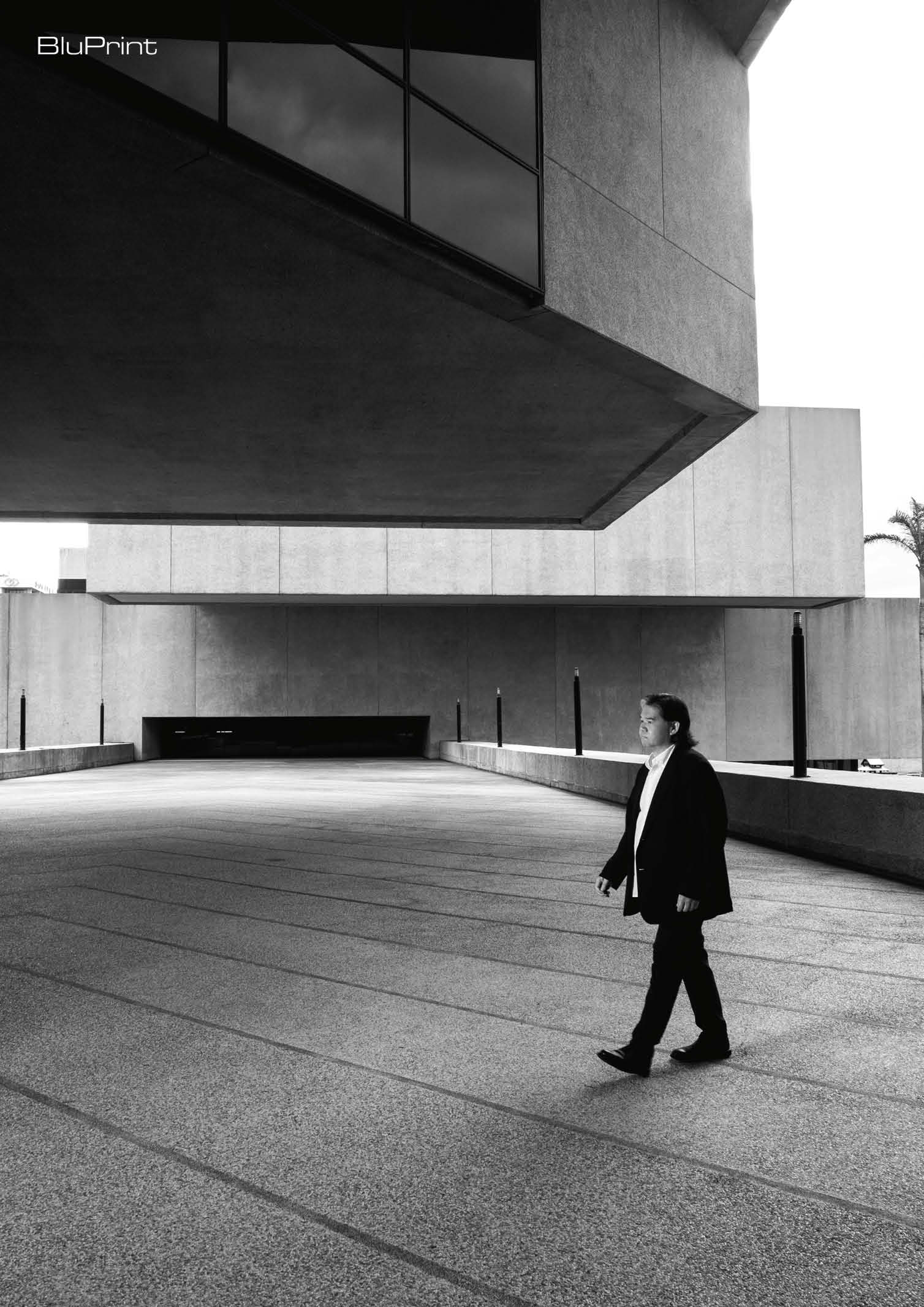
What then, would be his approach on the idea of working on something already iconic and bringing it to modernity while retaining its identity? Andy answers thoughtfully, “As a bespoke firm, we always like to think that we always start with a blank canvass… But a canvass is never truly blank. There are always informing features, forces, geometries, landscape views, or layered socio-cultural contexts on any site that influence how one conceives a structure. Ultimately, if a site or project involves an already iconic structure, then it simply becomes a feature to deal with and inform a designer’s strategy and intent.”
“In architecture, the way is always forward…,” Andy advises. “With a keen awareness and sensitivity to what has come or been there before on every possible level.”
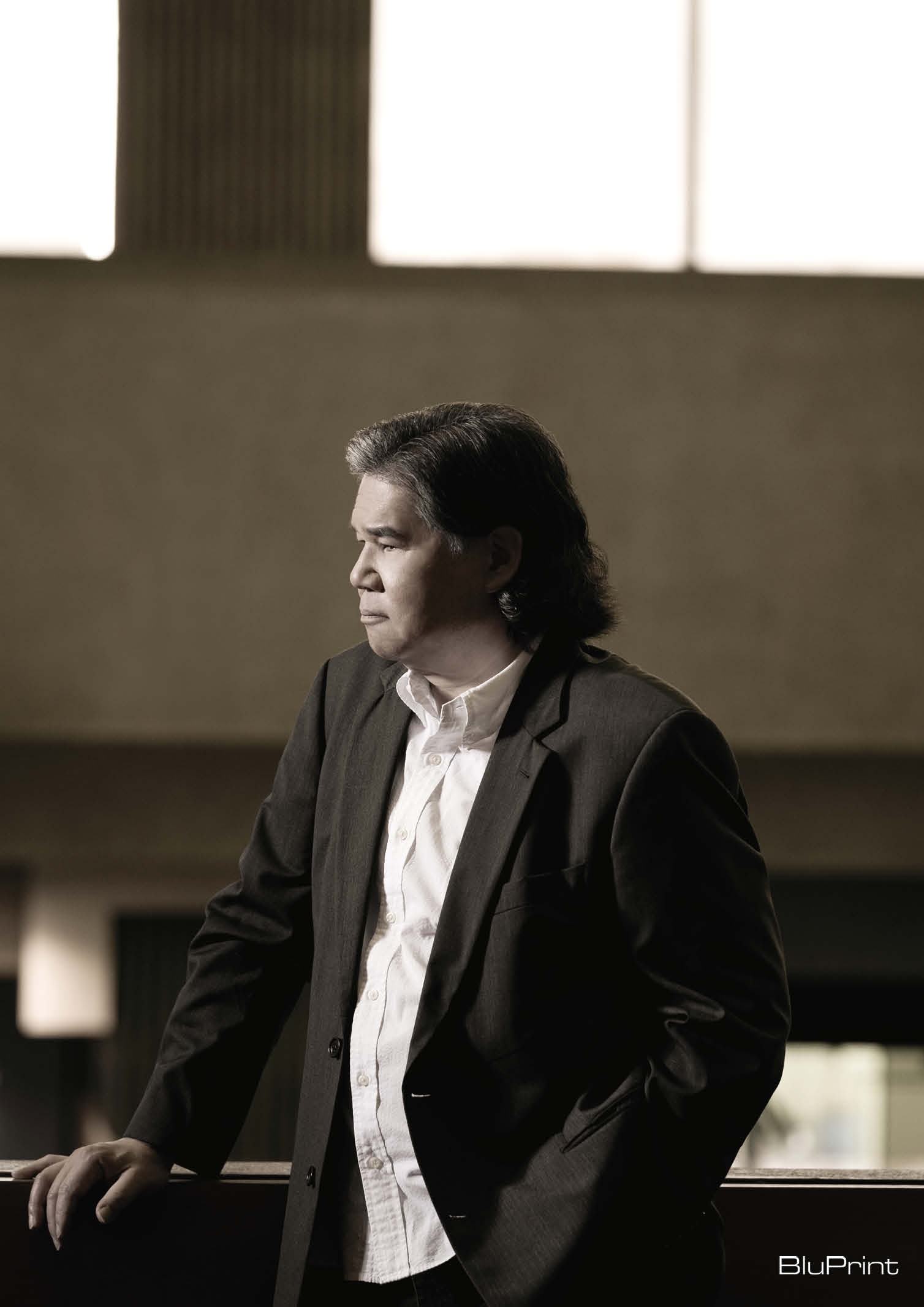
LESSONS FROM LEANDRO LOCSIN’S BRAND OF LEADERSHIP
Andy shares his father’s wisdom in five bullet points:
It’s very difficult – and maybe not entirely proper – to judge one’s worth as a mentor to others. That call is certainly better left to the affected others! But if there are a few summary life lessons even from a relatively short time spent working with my dad, who was a truly remarkable father and person, it may be these that I do try to pass onto the professionals in the firm. While sounding like clichés, they are probably the best indicators of a life with him:
• Notwithstanding that the idea that design talent is everything, success is actually a combination of talent and luck + circumstance in equal parts. Reasonable success comes only when one happens to exist and operate in a society that understands and appreciates what one is trying to do.
• Make every effort to practice with integrity, ethics, and generosity. In the end, the only one you have to live with is yourself.
• Recognize that we are all imperfect and that we will fail despite best efforts. Acknowledge the failure and make it right. Learn from the experience.
• Be able to laugh at one’s own personal failures and foibles – get a grip — never lose a sense of humor and an appreciation for the absurd.
• Leave your corner of the world a better place than the way you found it. Efforts count too because “Upstairs” knows.
Project Credits:
Text PIPO GONZALES
Sittings Editor GEEWEL FUSTER
Photographer ED SIMON
Videographer JOSE RAMIREZ
Video Producer MIGUEL LIM
Art Direction DIANNE NICOLE FERNANDO
Grooming: CATS DEL ROSARIO
Shoot Coordination: MAE TALAID & MJ ALMERO
Shot on location: PHILIPPINE INTERNATIONAL CONVENTION CENTER
Special thanks to Ms. Portia Purita Cabiad.
